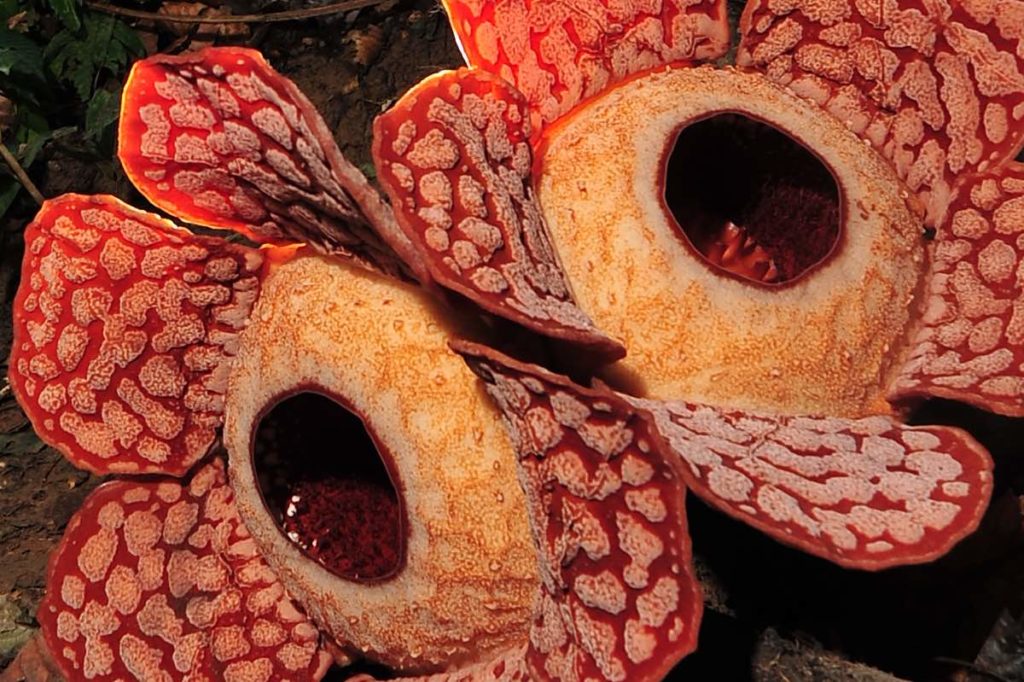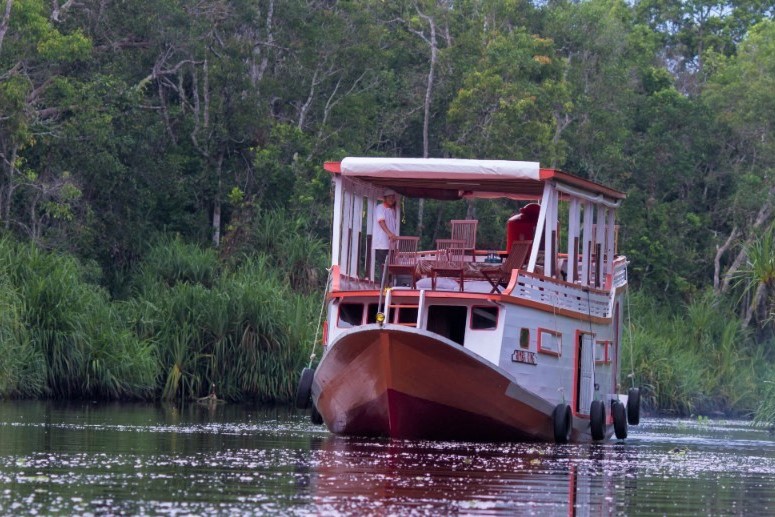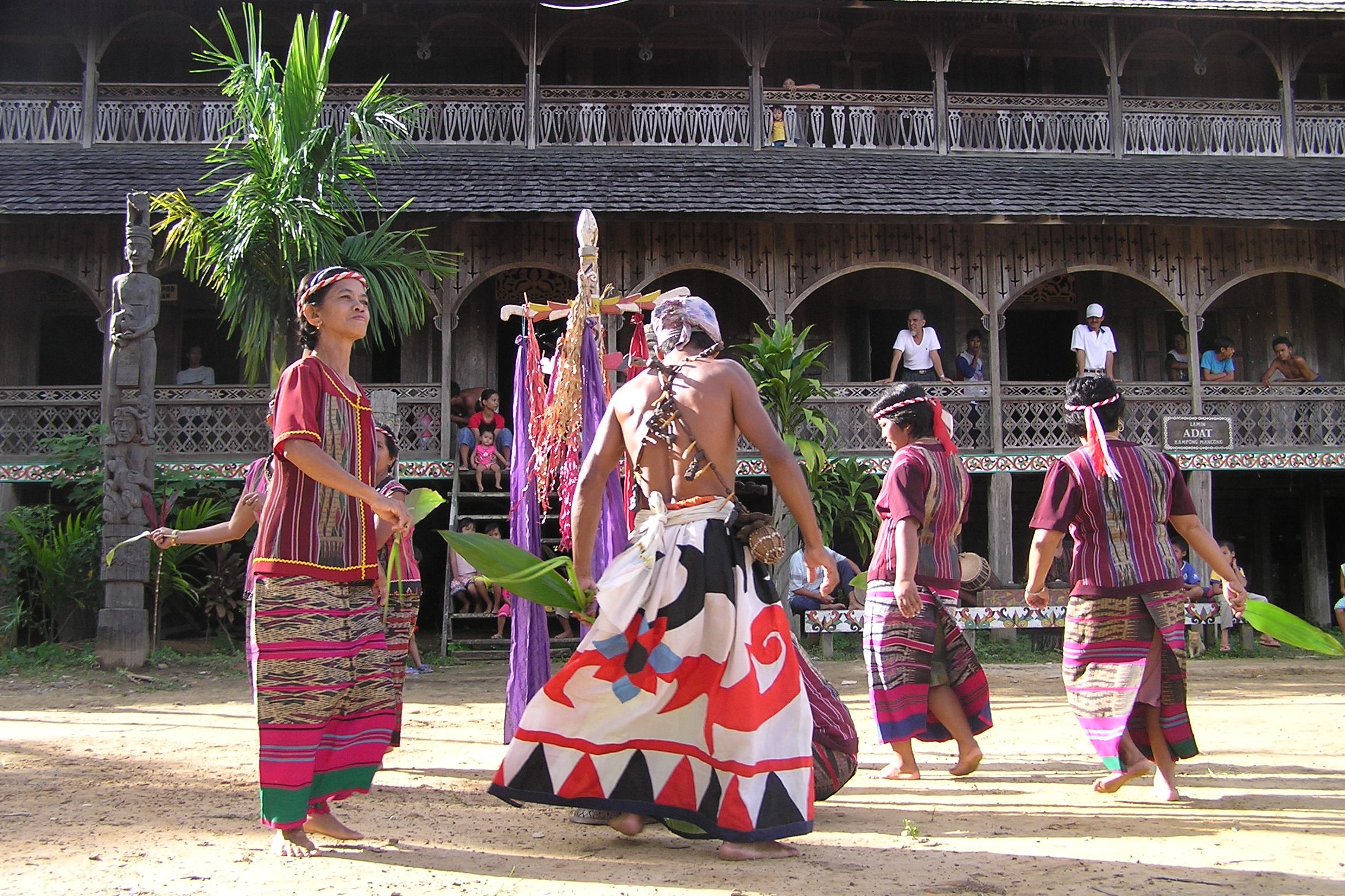Tanjung Puting National Park – Information








General information about Tanjung Puting National Park in Central Kalimantan:
Tanjung Puting NP is located on the south coast of Central Kalimantan Province in the world’s third largest rainforest area. In 1977 the national park was declared a biosphere reserve by UNESCO, officially a national park in 1982 and expanded in 1996 to its current size of 4,150 km². In this area alone, around 6,000 orangutans and other primates find 400 different tree species that they feed on with leaves and fruits. The variety of wetlands, lowlands, moor forests and tropical rainforests is unique in all of Southeast Asia, and not just in this size.
Flora & Fauna
Most tree species are also some of the most valuable for the timber industry: Ramin (Gonistylus bancanus), Jelutung, Kayu Besi (Iron wood), Meranti (Shorea sp.) And Keruing (Dipterocarpus). The trees Bakung (Asian tricum), Pandans (Pandanus tectorius) and Nipah (Nypa sp.) Mostly grow on the river banks. The largest flower in the world is also native to Borneo – the giant rafflesia (Rafflesia arnoldii). The best known animal species is certainly the orangutan (Pongo pygmeus). The proboscis monkeys (Nasalis larvatus) can only be found in Borneo worldwide. Other species of monkeys are: long-tailed macaques (Macaca Fasciaralis), black-hand gibbons (Hylobates agilis) and Müller gibbons (Hylobates mulleri). Hidden in the jungle you can find chestnut langurs (Presbytis rubicunda), Malaysian sun bears (helarctus malayanus), bearded pigs (Surbabatus), in the rivers the small crocodile species Falscher (Tomistoma schlegelii) and very rarely only dwarf elephants (Elephas maximus borneensis) and Find Sumatran rhinos (Dicerorhinus sumatrensis). The background noise of over 220 different bird species is easier to find and unmistakable. Hornbills, beos, kingfishers and darter can be observed very well from the boat.
The main objective of Camp Leakey
The camp is located on the Sekonyer River and was established in 1971 as a research reserve. Today it is mainly used as a rehabilitation center for homeless orangutans to release them back into the wild. In order not to directly disrupt the research work of the scientists and the orangutan, there are certain hiking trails on which you are very likely to see wild orangutans, proboscis monkeys, macaques or gibbons. On the riverside, your guide will make sure that no crocodiles or false gavials come too close.

